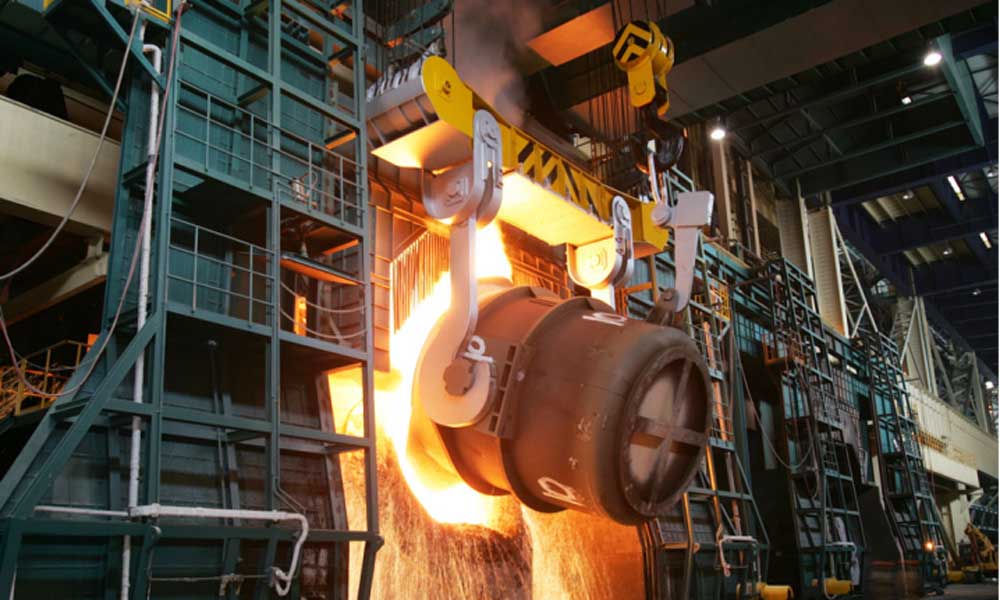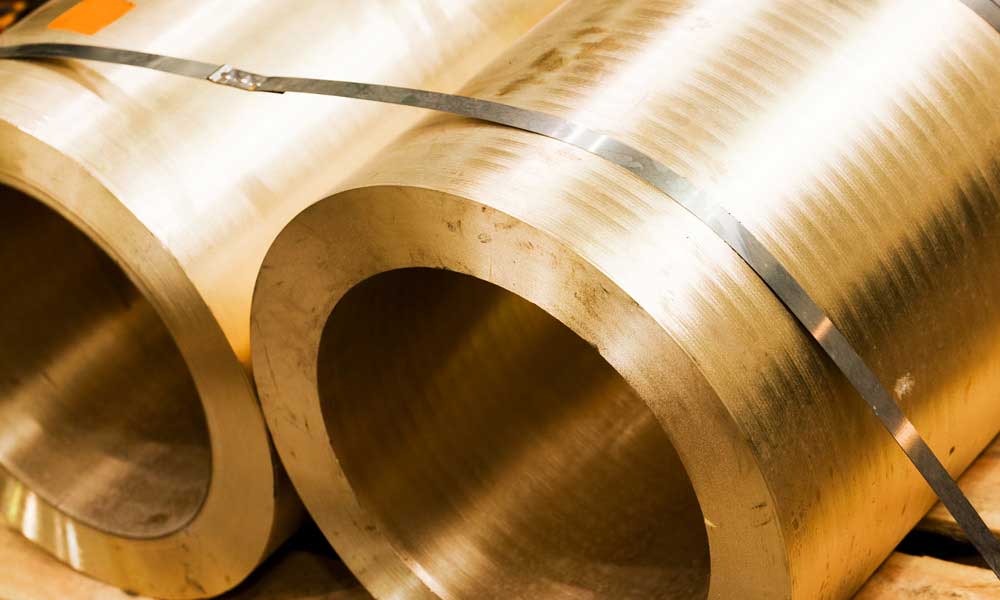In the 1960s, the basic converter steelmaking process quickly replaced the open-hearth steelmaking process around the world, and the magnesia calcia refractories used in the basic converter steelmaking process became particularly important.

In the 1980s, Japan developed CaO bricks and used them in steelmaking. With the development of refining technology outside the furnace, the quality requirements for refractory materials are getting higher and higher, and they must not pollute the molten steel. Japan and some Western European countries began to use magnesia calcia basic refractory materials in important parts such as refining outside the furnace and continuous casting tundishes, which improved the service life of equipment and the quality of steel.
In the late 1980s, China’s magnesia calcia refractories gradually replaced ordinary magnesia bricks, magnesia chrome bricks and tar dolomite bricks, greatly reducing the consumption of refractory materials per ton of steel.

In terms of magnesia calcia refractory raw materials, the single coke shaft kiln one-step calcination of dolomite clinker in the past has gradually developed into fused magnesia dolomite clinker and two-step calcination of dolomite clinker. In recent years, China has made some progress in the research of MgO CaO high quality basic refractory materials.
Since the 21st century, with the rapid growth of China’s production capacity of high-quality steel grades such as stainless steel and clean steel, and the successful application of domestic magnesia calcia refractory materials in refining equipment such as AOD furnaces, China’s magnesia calcia refractory materials have entered a new period of development.







